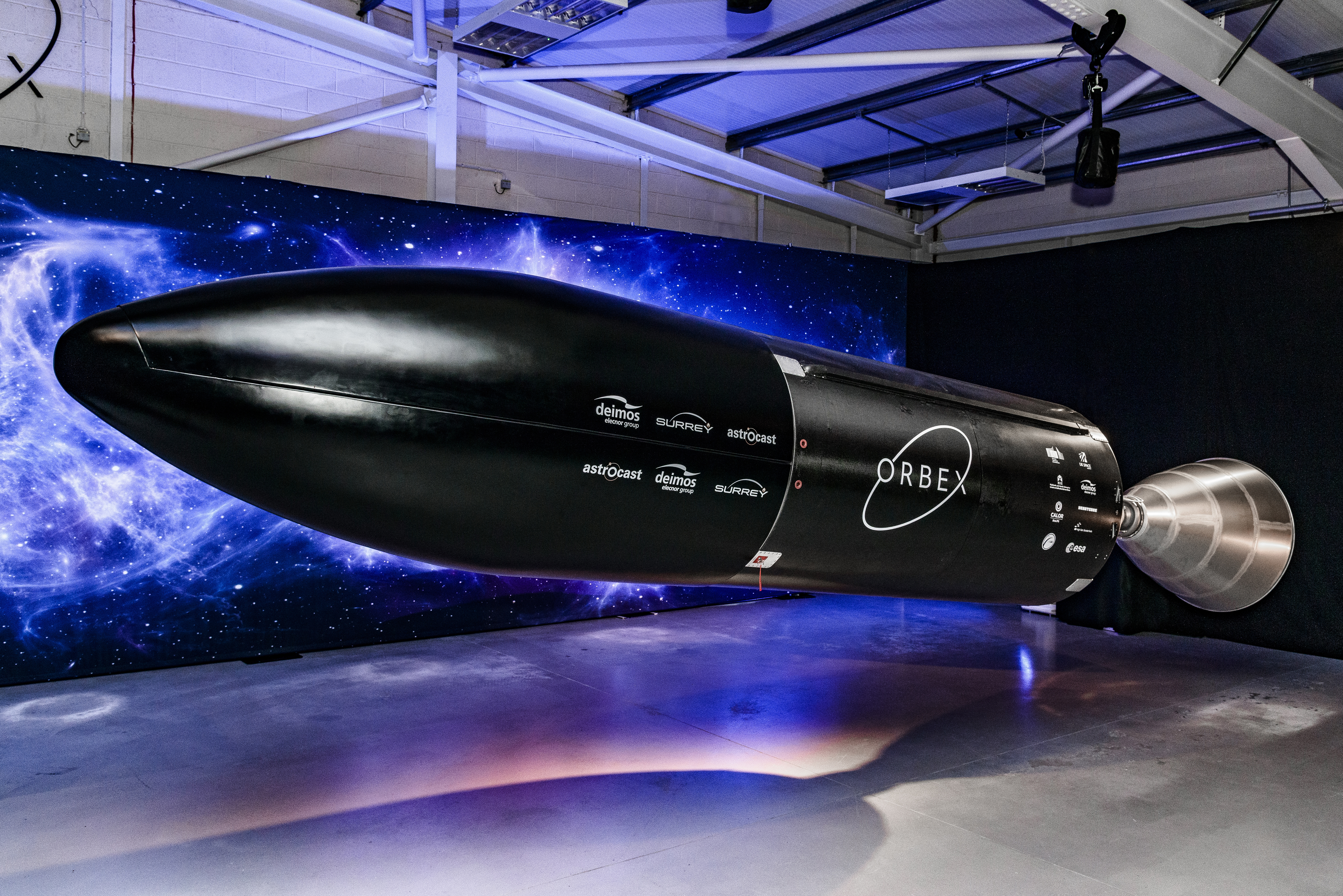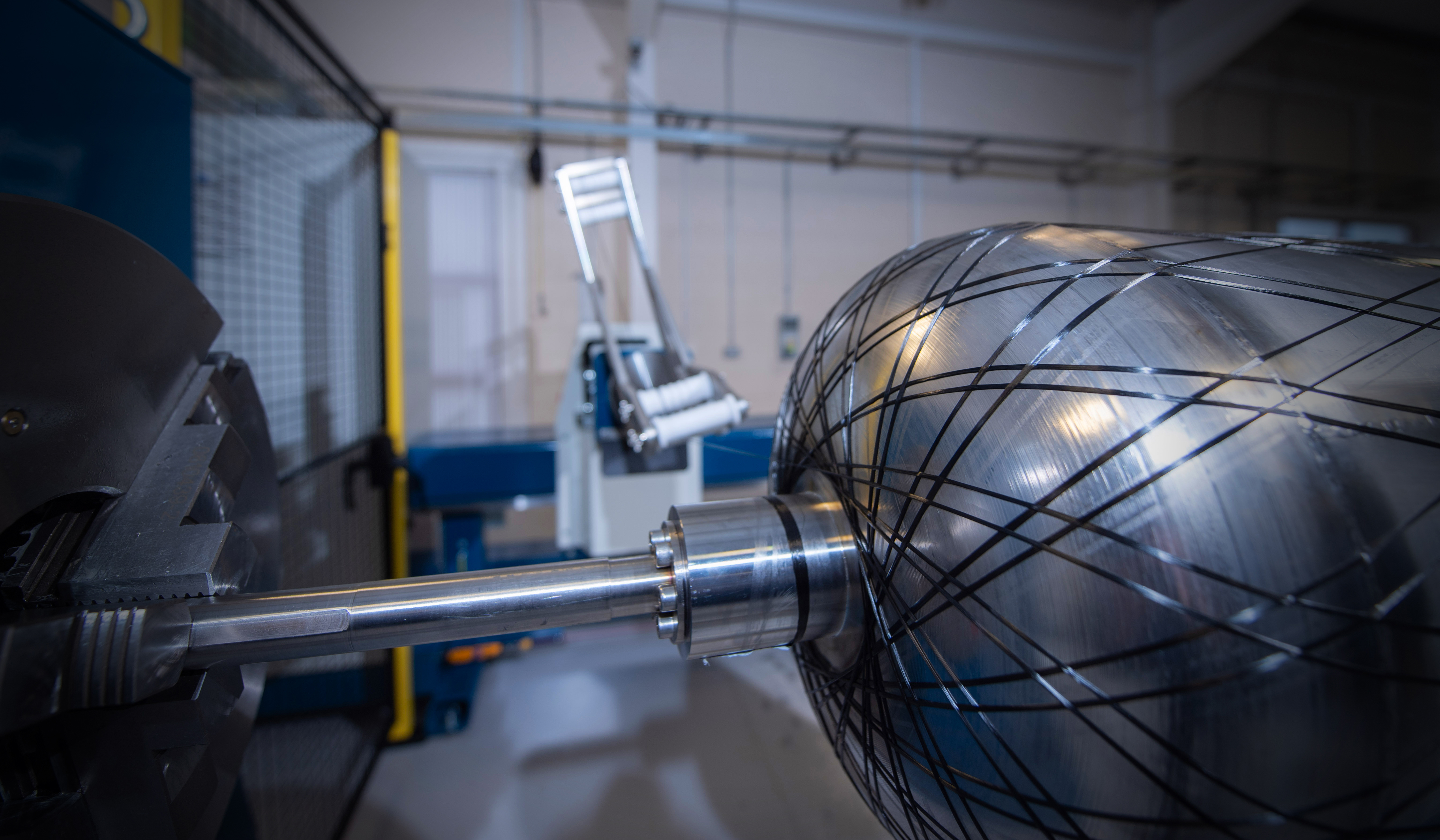Rocket Lab is expanding its U.S. footprint, alongside the opening of its first launch site on Wallops Island, Virginia. The rocket launch startup will open a new corporate headquarters in Long Beach, California, at a facility that will also provide some production capabilities, and act as its second Mission Control Center, complementing its existing Mission Control in New Zealand.
Construction on the new facility has already begun, Rocket Lab says, and should be completed in the second quarter of this year. Its production capacity will mean it can put out over a dozen full Electron launch vehicles per year, which should serve the company’s needs in terms of supplying its planned launch cadence of roughly one launch per month from the Wallops Island launch site.
In addition to Electron launch vehicles, the Long Beach facility will also be producing Rocket Lab satellites, which are part of the company’s expanded service offerings. Rocket Lab announced last year that it was moving beyond just offering launches to clients, and will provide end-to-end mission services – including customizable satellite hardware which can be tailored to the needs of clients looking to deploy small satellites for any number of purposes.
Rocket Lab is also going to house its first U.S. Mission Control Center at this Long Beach location, from which it’ll be able to coordinate and manage its launches at Wallops. Between that and its NZ-based Mission Control, this should help it manage the increased volume it should ramp up to when launching from both LC-1 in New Zealand and LC-2 at Wallops – and eventually, a second launch pad at its Mahia Peninsula, NZ complex.



